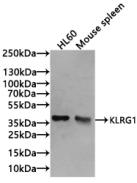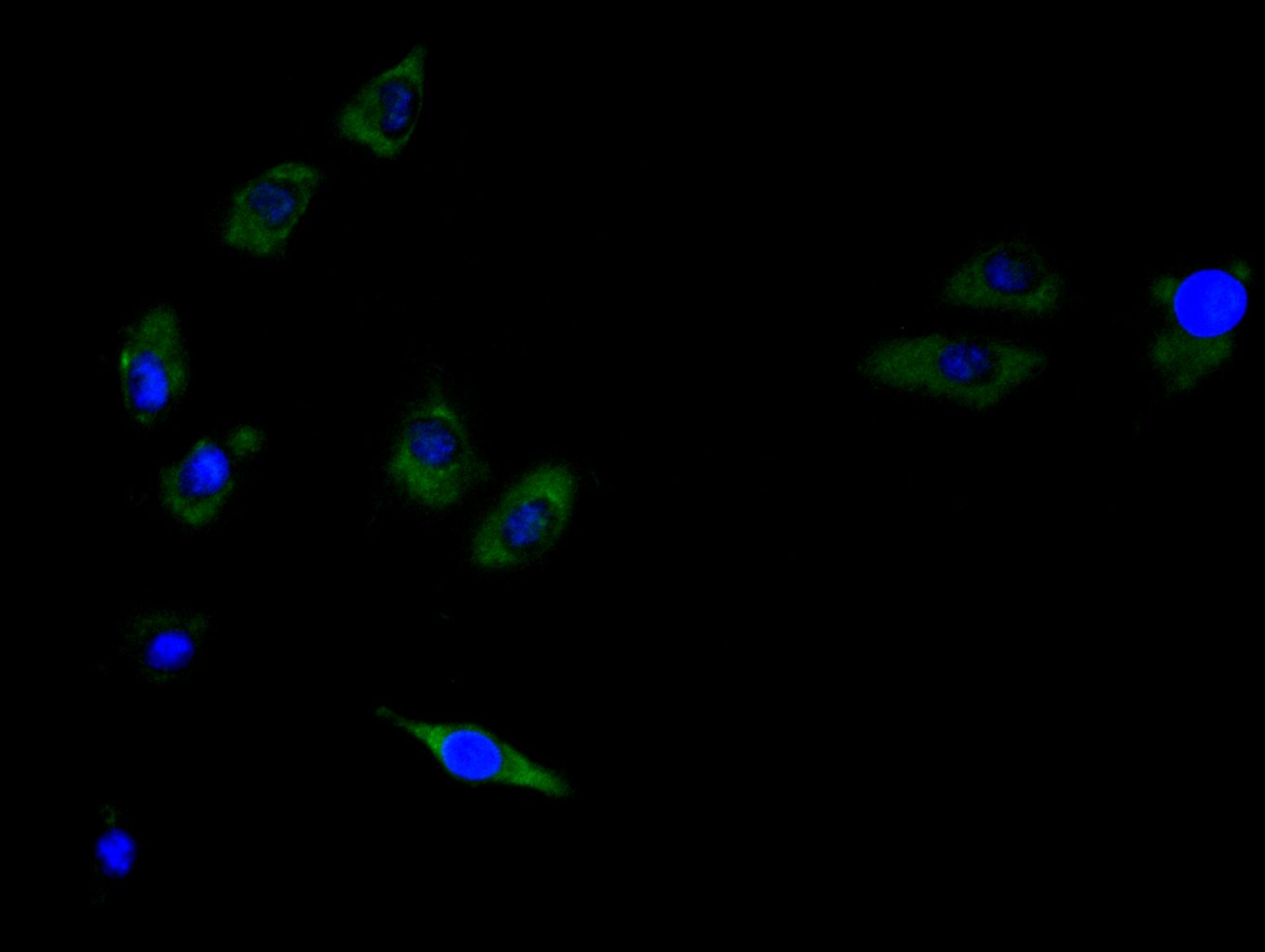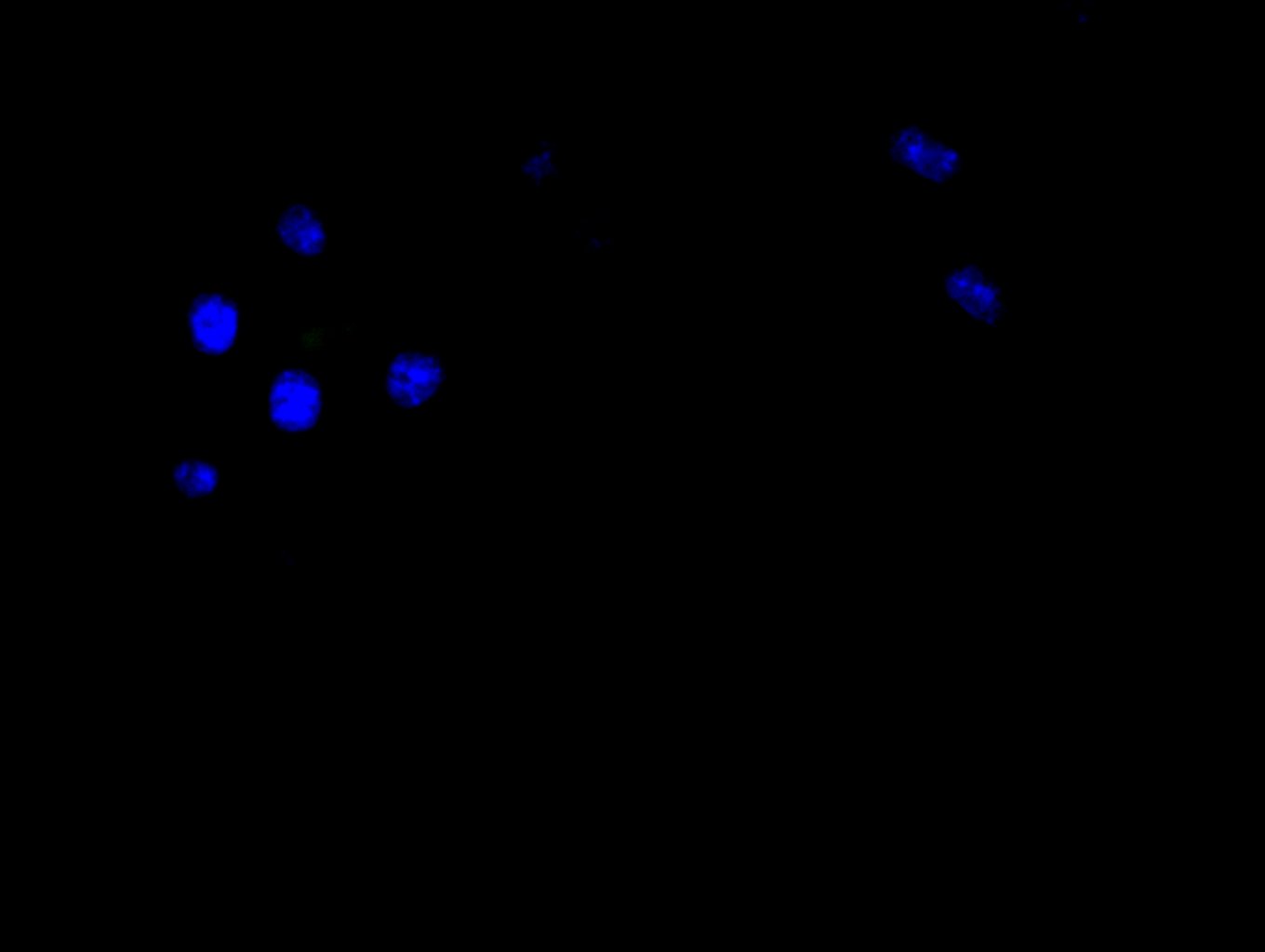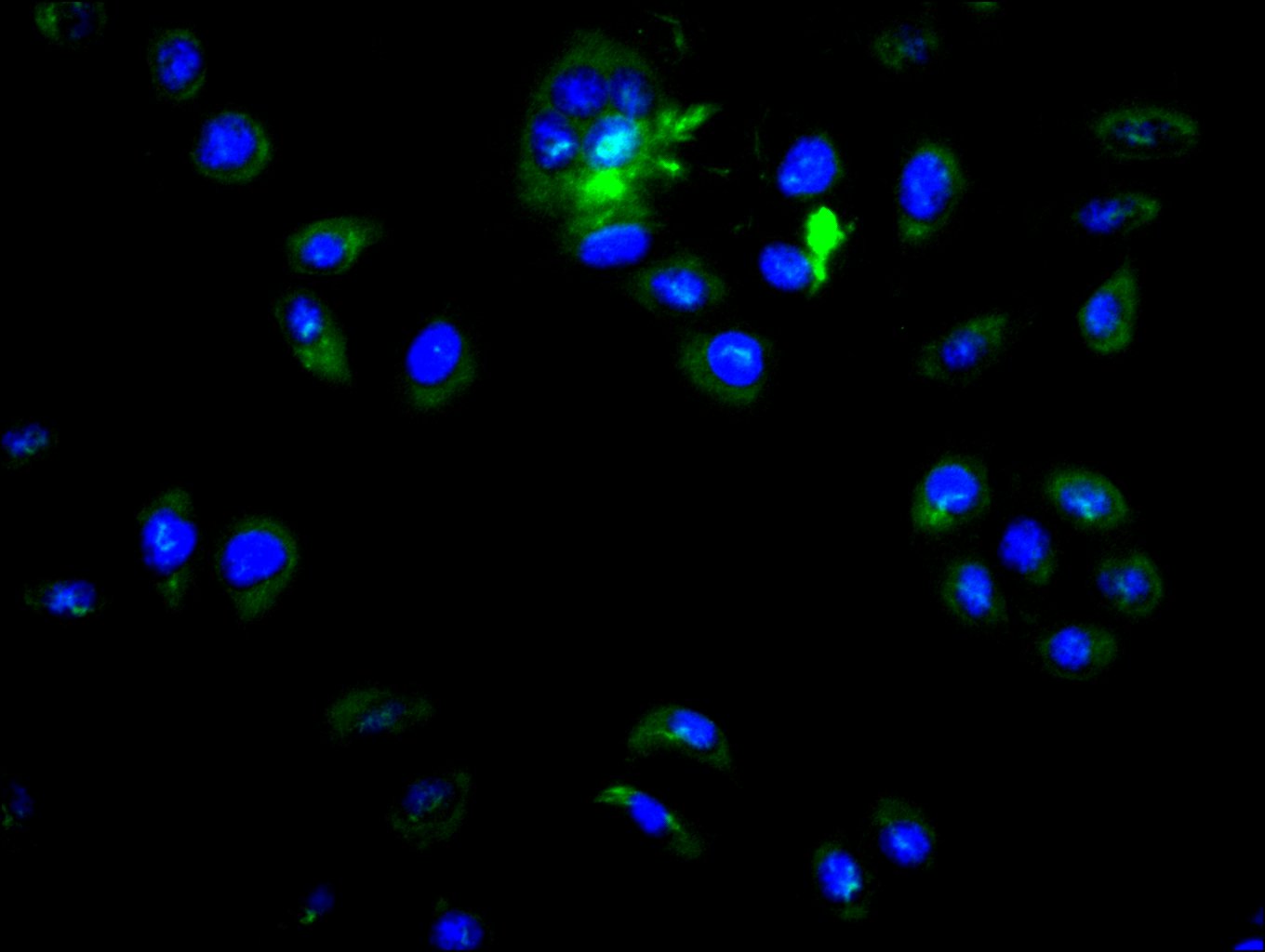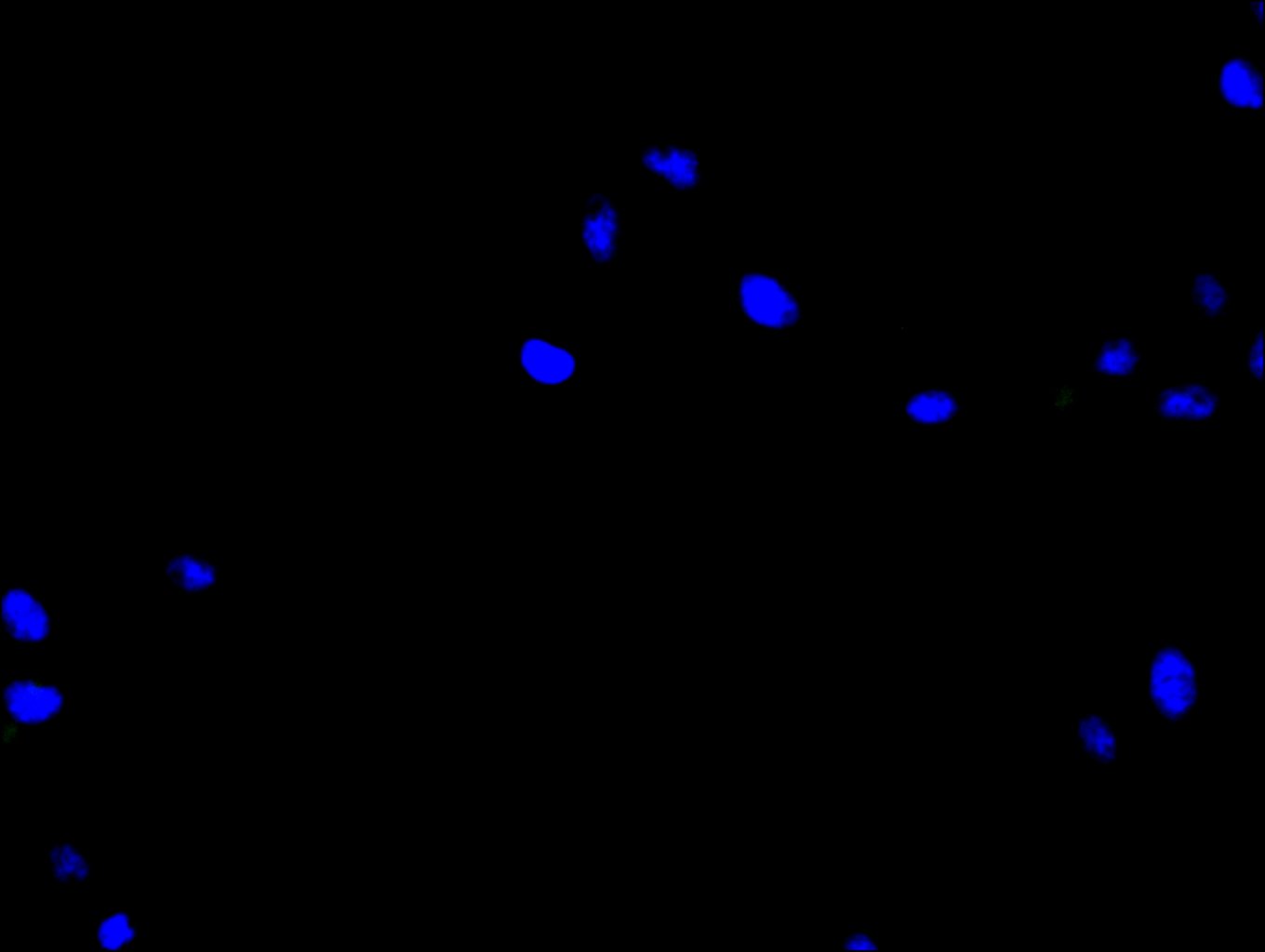Full Product Name
Rabbit anti-Homo sapiens (Human) KLRG1 Polyclonal antibody
Alternative Names
2F1 Ag antibody; 2F1 antibody; C type lectin domain family 15 member A antibody; C-type lectin domain family 15 member A antibody; CLEC15A antibody; ITIM containing receptor MAFA L antibody; ITIM-containing receptor MAFA-L antibody; Killer cell lectin like receptor G1 antibody; Killer cell lectin like receptor subfamily G member 1 antibody; Killer cell lectin-like receptor subfamily G member 1 antibody; KLRG 1 antibody; KLRG1 antibody; KLRG1 protein antibody; KLRG1_HUMAN antibody; MAFA 2F1 antibody; MAFA antibody; MAFA L antibody; MAFA like antibody; MAFA like receptor antibody; MAFA-like receptor antibody; MAFAL antibody; Mast cell function associated antigen (ITIM containing) antibody; Mast cell function associated antigen antibody; Mast cell function-associated antigen 2F1 antibody; Mast cell function-associated antigen antibody; Mast cell function-associated antigen, rat, homolog of antibody; MGC13600 antibody
Species Reactivity
Human, Mouse
Immunogen
Recombinant Human Killer cell lectin-like receptor subfamily G member 1 protein (60-195AA)
Immunogen Species
Homo sapiens (Human)
Conjugate
Non-conjugated
The KLRG1 Antibody (Product code: CSB-PA846610LA01HU) is Non-conjugated. For KLRG1 Antibody with conjugates, please check the following table.
Available Conjugates
| Conjugate |
Product Code |
Product Name |
Application |
| HRP |
CSB-PA846610LB01HU |
KLRG1 Antibody, HRP conjugated |
ELISA |
| FITC |
CSB-PA846610LC01HU |
KLRG1 Antibody, FITC conjugated |
|
| Biotin |
CSB-PA846610LD01HU |
KLRG1 Antibody, Biotin conjugated |
ELISA |
Purification Method
>95%, Protein G purified
Concentration
It differs from different batches. Please contact us to confirm it.
Buffer
Preservative: 0.03% Proclin 300
Constituents: 50% Glycerol, 0.01M PBS, pH 7.4
Tested Applications
ELISA, WB, IF
Recommended Dilution
| Application |
Recommended Dilution |
| WB |
1:500-1:2000 |
| IF |
1:50-1:200 |
Storage
Upon receipt, store at -20°C or -80°C. Avoid repeated freeze.
Lead Time
Basically, we can dispatch the products out in 1-3 working days after receiving your orders. Delivery time maybe differs from different purchasing way or location, please kindly consult your local distributors for specific delivery time.
Description
The KLRG1 polyclonal antibody was prepared by immunizing rabbits with the synthetic peptide derived from the recombinant human KLRG1 protein (60-195aa). The antibody was then purified using the protein G affinity chromatography and tested in both ELISA and IHC applications. Its purity is greater than 95%. The KLRG1 polyclonal antibody is capable of reacting with KLRG1 protein from human samples.
In ELISA, the KLRG1 polyclonal antibody can be used to detect the presence and quantity of KLRG1 in a human sample by measuring the absorbance of the antibody-antigen complex. In IHC, this KLRG1 antibody can be used to visualize and localize KLRG1-expressing cells in the human tissue sample.
Usage
For Research Use Only. Not for use in diagnostic or therapeutic procedures.

